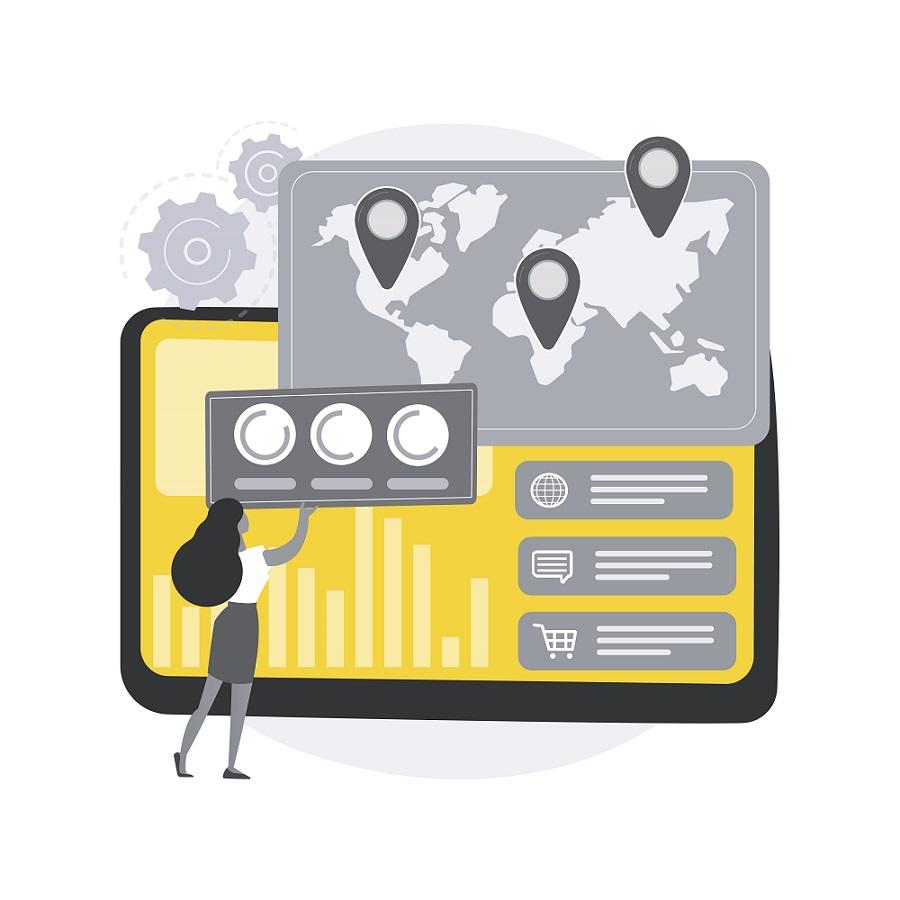Tracing the Revenue Streams of US Route Optimization Software

The financial architecture of the US route optimization software industry is predominantly built on modern, recurring revenue models that ensure steady and predictable income for vendors. An examination of US Route Optimization Software revenue streams shows a decisive shift away from one-time license fees towards flexible, subscription-based services. This Software-as-a-Service (SaaS) model is the primary engine behind the market's impressive financial outlook, which projects total revenue will increase from $1.4 billion in 2024 to over $3.02 billion by 2035. This growth, which equates to a compound annual growth rate of 7.26%, is made possible by the scalability and customer-stickiness of the subscription models that now dominate the industry, providing a stable foundation for long-term expansion.
The most common revenue stream is the monthly or annual subscription fee, typically priced on a per-vehicle or per-user basis. This model allows businesses to pay for the service as an operational expense (OpEx) rather than a large upfront capital expense (CapEx), making the technology accessible to a much broader range of companies, including small businesses. Vendors often offer tiered pricing plans, with each tier unlocking more advanced features. A basic tier might include simple route planning, while premium tiers could add features like real-time tracking, customer notifications, proof of delivery, and advanced analytics. This tiered approach allows vendors to effectively monetize their feature set and provides a clear upsell path as a customer's business grows and its needs become more complex.
In addition to core subscription fees, many vendors generate significant revenue from professional services and premium support. For larger enterprise deployments, the implementation process can be complex, requiring integration with existing business systems and custom workflow development. Vendors charge for these implementation, data migration, and training services, which can represent a substantial initial revenue source. Furthermore, while basic support is often included in a subscription, vendors typically offer premium support packages at an additional cost. These packages provide benefits like dedicated account managers, faster response times, and 24/7 support, which are critical for businesses that rely on the software for their mission-critical daily operations.
A third, and increasingly important, revenue stream comes from API (Application Programming Interface) access and platform integrations. Many businesses want to embed routing capabilities directly into their own custom applications or connect their routing software to a wider ecosystem of tools. Vendors are monetizing this by offering paid API access, allowing developers to programmatically create routes, track vehicles, and pull data from the platform. This not only creates a new source of high-margin revenue but also transforms the vendor's product into a platform, making it more deeply embedded in the customer's technology stack and increasing switching costs. This ecosystem-based approach to revenue generation is a key strategy for long-term growth and customer retention in the competitive software market.
Explore Our Latest Trending Reports:
- Art
- Causes
- Crafts
- Dance
- Drinks
- Film
- Fitness
- Food
- Oyunlar
- Gardening
- Health
- Home
- Literature
- Music
- Networking
- Other
- Party
- Religion
- Shopping
- Sports
- Theater
- Wellness


